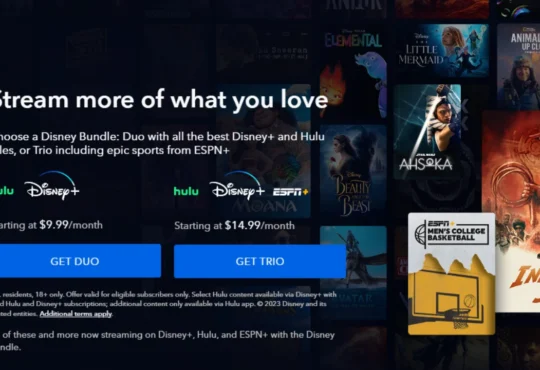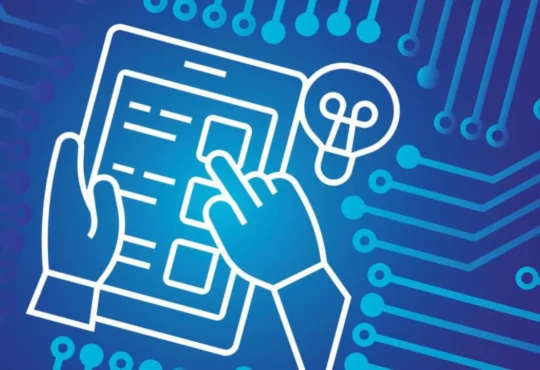Enterprise resource planning (ERP) software can be useful for businesses, and fashion ERP programs are tailored to the garment and textile sectors. It’s a full-service software package for running a clothing company, from designing and developing new products to planning and managing manufacturing, inventory, and sales.
Typical components of fashion ERP software are:
Product lifecycle management (PLM) organizes the entire product creation cycle, from conceptualization to final sale.
Material needs planning (MRP) is a method for organizing the acquisition of manufacturing materials and supplies by keeping tabs on stock, lead times, and orders.
Planning and scheduling production is a management tool that aids in the creation of production orders, the allocation of resources, and the monitoring of output.
Controlling stock levels, performing cycle counts, and keeping tabs on stock movements are all aspects of inventory management.
Facilitates the management of the sales process, including generating quotations and orders, maintaining customer accounts, and monitoring shipments and delivery.
Invoicing, paying bills, tracking receivables, and making annual financial reports are all aspects of financial management.
Modifications can be made to the ERP for the fashion industry so it works for your company. Integrating with your other programs and setting up process configurations fall under this category.
The scalability of fashion ERP software ensures that it can develop alongside your company. As your company grows, you may scale the system up by adding new users, features, and functions.
Data management: Fashion ERP software gives you one place to store your company’s data, like product descriptions, stock levels, customer orders, and financial records. This facilitates data access, analysis, and decision-making.
Working Together: Your company’s many teams and departments can work together more effectively with the help of fashion ERP software. Multiple users can access the system simultaneously, workflows and approval processes can be set up, and data and information can be shared around the company.
E-commerce platforms, accounting, and logistics programs are just some software programs that can be integrated with fashion ERP software. By automating data transfer between systems, you may save time and reduce mistakes in your processes.
You can keep tabs on your business’s most important metrics with the help of the reporting and analytics features built into fashion ERP software. Reports on sales, inventory, production, and financial data can be generated, and analytics tools can be used to examine the information for patterns and trends.
How Does Fashion ERP Software Improve Logistics?
There are many ways in which fashion ERP software can aid in the management of the supply chain:
Regarding managing stock, fashion ERP software may help firms optimize their inventory levels, decrease stockouts, and avoid overstocking by giving them real-time visibility into stock levels. This can enhance cash flow and save carrying expenses.
Planning and scheduling production: Fashion ERP software can aid companies in planning and scheduling production by considering lead times, capacity limits, and material availability. This has the potential to speed up shipping and decrease waiting times.
By keeping tabs on purchase orders, tracking supplier performance, and keeping tabs on delivery timeframes, fashion ERP software can help firms better manage their relationships with suppliers. The ability to foresee problems in advance might aid businesses in negotiating favorable terms with their suppliers.
Optimizing routes, consolidating shipments, and keeping tabs on deliveries are just a few of how fashion ERP software can assist businesses in managing their transportation and logistics operations. This can potentially cut down on transportation expenses and speed up delivery times.
Carbon footprint, water consumption, and energy consumption metrics may be monitored using fashion ERP software. To lessen their negative effects on the environment, businesses can use this information to better their sustainability procedures.
How Does Fashion ERP Software Integrate with Other Systems?
Fashion ERP software can integrate with other systems in several ways:
Application programming interfaces (APIs): Fashion ERP software can provide APIs allowing other software systems to connect and exchange data. This enables businesses to integrate their ERP system with other systems, such as e-commerce platforms, accounting software, or logistics software.
Electronic data interchange (EDI): Fashion ERP software can support EDI, a standardized format for exchanging business documents such as purchase orders, invoices, and shipping notices. This allows businesses to exchange data with their trading partners, such as suppliers or customers.
Webhooks: Fashion ERP software can provide webhooks, notifications sent to other systems when certain events occur in the ERP system. This allows businesses to trigger actions in other systems based on events in the ERP system, such as when an order is received or when inventory levels reach a certain threshold.
Middleware: Fashion ERP software can use middleware, which is software that acts as a bridge between different systems. Middleware can help businesses integrate their ERP system with other software systems by translating data between different formats and protocols.
How Can Integrate E-Commerce Platforms with Fashion ERP Software Improve Efficiency?
Automated data transfer: Integrating e-commerce platforms with fashion ERP software allows for automated data transfer between the two systems. This eliminates the need for manual data entry, which can be time-consuming and error-prone. By automating data transfer, businesses can reduce errors and improve accuracy.
Real-time inventory management: Integrating e-commerce platforms with fashion ERP software allows businesses to track inventory levels in real time. This means businesses can automatically update their online store inventory levels as sales are made, and inventory is received. This helps businesses avoid overselling and stockouts, which can negatively impact customer satisfaction.
Streamlined order management: Integrating e-commerce platforms with fashion ERP software allows businesses to manage their orders in a centralized system. This means that businesses can view and manage orders from multiple sales channels in one place. This helps businesses reduce the time and effort required to manage orders and improves order accuracy.
Enhanced customer experience: Integrating e-commerce platforms with fashion ERP software allows businesses to provide customers with up-to-date information on their orders, including shipping status and tracking information. This helps businesses provide a better customer experience by keeping customers informed and reducing the need for customer service inquiries.
Improved efficiency: Integrating e-commerce platforms with fashion ERP software can help businesses improve overall efficiency by streamlining operations and reducing manual processes. This can help businesses save time and reduce costs, allowing them to focus on growing their business and serving customers.








